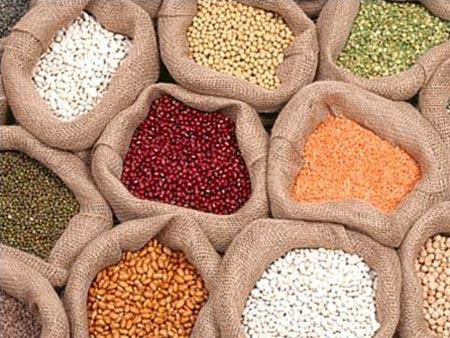Harvesting Savings: The Ultimate Guide to Buying Agricultural Products
As the world increasingly turns its focus to sustainability and healthy living, the demand for agricultural products is on the rise. Whether you are a home cook wanting the freshest ingredients or a business owner looking to source high-quality crops for your establishment, understanding how to navigate the agricultural market is essential. Harvesting savings while obtaining the best products can make a significant difference in both your culinary outcomes and your budget.

In this guide, we will delve into the various strategies for buying agricultural products . From understanding seasonal availability to exploring local farmers markets and co-ops, we will equip you with the knowledge needed to make informed purchasing decisions. Get ready to discover tips that not only emphasize quality but also promote responsible consumption and support local economies.
Understanding Agricultural Products
Agricultural products encompass a wide range of items that are cultivated and harvested for human consumption, livestock feed, or other uses. These products include fruits, vegetables, grains, nuts, seeds, and dairy goods. Each category holds unique characteristics that influence their quality, flavor, and nutritional value. Understanding the various types of agricultural products is essential for consumers seeking fresh and healthy options for their meals.
The production of agricultural products is influenced by numerous factors, including climate, soil quality, and farming practices. Farmers often employ specific techniques to maximize yield and ensure the sustainability of their crops. This means that consumers ought to consider not only what products they are buying but also how they are produced. Fresh, organic produce might have different implications for health and environmental impact compared to conventionally grown items.
Another important aspect is seasonality, as many agricultural products are harvested at specific times of the year. Knowing when certain fruits and vegetables are in season can lead to better quality and taste, as well as cost savings. Seasonal buying often supports local farming communities and helps reduce the carbon footprint associated with transporting food over long distances. Understanding these nuances can empower consumers to make informed choices when purchasing agricultural products.
Tips for Smart Purchasing
When buying agricultural products, it's essential to do your research before making a purchase. Start by determining the specific type of product you need and identifying trusted suppliers. Look for reviews, ask for recommendations from fellow farmers or local agricultural communities, and compare prices from different sources. This will help you find quality products and avoid potential scams or low-quality options.
Consider buying in bulk whenever possible. Many suppliers offer discounts for larger quantities, which can lead to significant savings over time. Additionally, bulk purchasing can reduce transportation costs and result in fewer trips to the store. However, ensure that you have adequate storage to keep your products fresh and prevent spoilage, depending on the type of agricultural items you are buying.
Timing your purchases can also impact your overall savings. Keep an eye on seasonal trends and market fluctuations, as prices can vary significantly throughout the year. Purchasing products during harvest season can often yield lower prices as farmers look to sell their surplus. Stay informed about local farmers' markets and sales events, as these can provide excellent opportunities to buy fresh agricultural products at reduced costs.
Where to Buy and Comparison Shopping
When it comes to purchasing agricultural products, farmers markets and local co-ops are excellent starting points. These venues often provide fresh, seasonal produce at competitive prices, allowing consumers to support local farmers while ensuring the quality of their food. Additionally, many farmers markets feature a variety of products, from fruits and vegetables to meats and dairy, making it easier to get everything you need in one visit.
Online platforms have also revolutionized the way we buy agricultural products. Numerous websites and apps specialize in connecting consumers directly with farmers and producers, offering everything from organic grains to specialty herbs. Shopping online can save time and often provides more options than traditional retail outlets. Before making a purchase, check for customer reviews and consider shipping costs to ensure you get the best deal.
Comparison shopping is vital to ensure that you find the best prices for agricultural products. Take the time to visit different retailers, either online or in-store, to examine price differences and product quality. Utilize price comparison websites to streamline the process, and don't forget to check for sales or bulk purchase discounts. By being a savvy shopper, you can maximize your savings while supporting sustainable practices in agriculture.